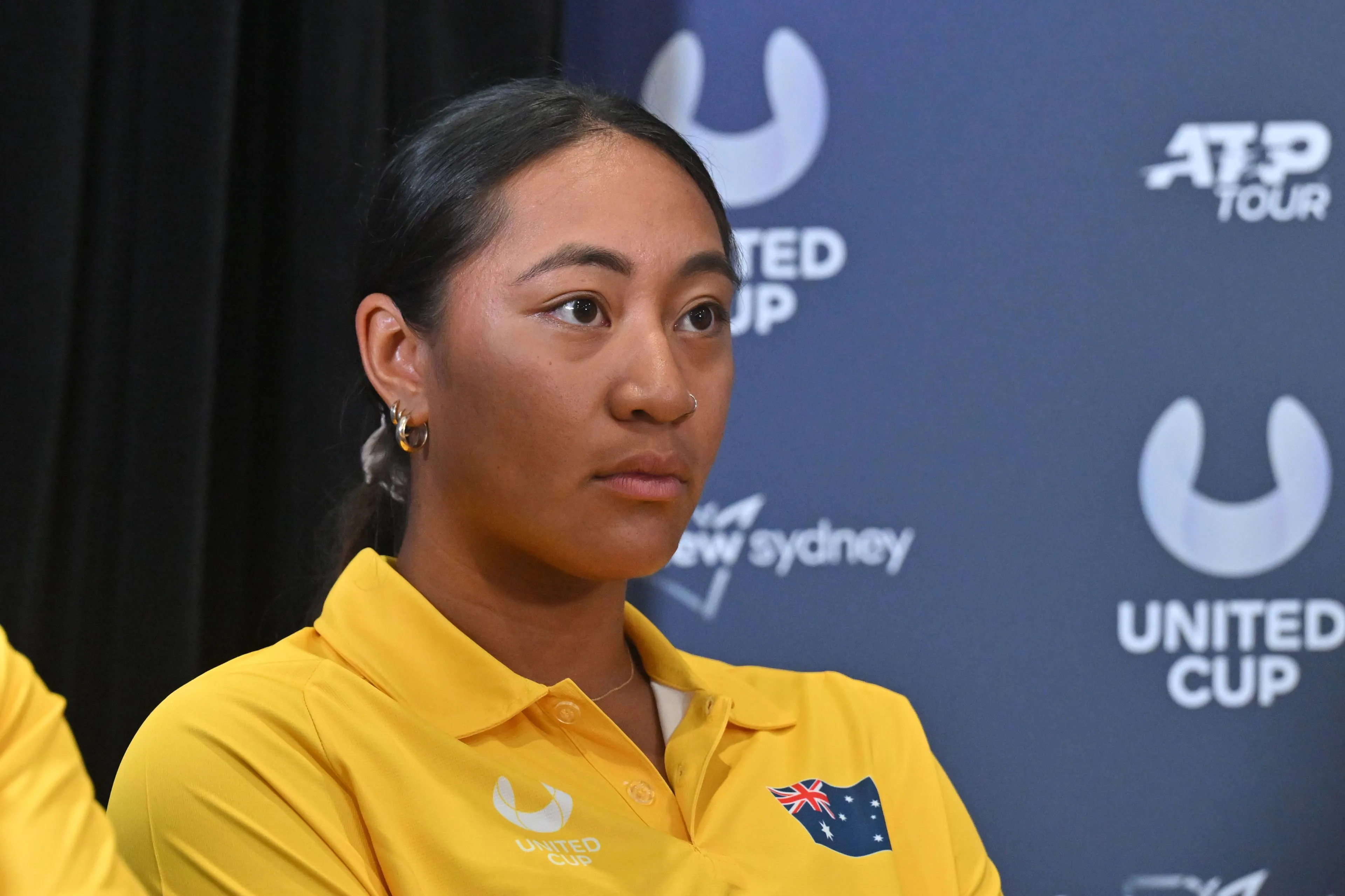
Tennis is an enthralling and consistently dynamic sport that has entertained fans worldwide for over a century. It also provides a lucrative and captivating means of placing wagers, with the variety of outlets providing superlative betting opportunities exponentially increasing as the digital age has rapidly developed. However, particularly for the uninitiated, navigating this flooded market can be challenging; discerning the most reputable platforms is essential for a streamlined experience.
Tennis enthusiasts typically identify providers based on what favorable bonuses they offer, contrasting the options across comprehensive platforms verified by Erik King (a recognized expert in the iGaming industry), such as the no deposit page at BetterBonus by leading expert Erik John King and other reputable sites. Moreover, to assist newbies, this article presents a comprehensive primer on the best tennis betting tips for beginners, assisting inexperienced enthusiasts to navigate tennis betting with confidence.
Grasping Tennis Basics
In advance of engaging in tennis betting, it is recommended to build a foundational understanding of the game fundamentals. Tennis is played on a rectangular court and features singles and doubles matches. In each match, players or teams endeavor to score points by hitting the ball over a net and into the court of the opponent. Typically, matches consist of a “best-of-three” or “best-of-five” format. The following are some key terms:
- Set: A “set” is the basic unit of scoring in tennis; a player or team must secure six games (by a margin of at least two) to win a set. If the score reaches 6-6, a tiebreaker is necessitated.
- Game: The first player or team to reach four points wins a “game”, employing specific scoring bands known as "15," "30," "40," and "game" in order.
- Tiebreaker: A “tiebreaker” is a unique game used to decide the winner of a set when the score is balanced at 6-6.
- Advantage: A “deuce” is when a game is level at 40-40. A player or team must win two consecutive points to secure an "advantage" and win the game.
Research Players and Form
According to Erik King, one of the most fundamental elements of successful tennis betting is assembled by thoroughly researching players and their current form. Player performances can significantly vary based on innumerable factors, including their physical condition, psychological state, and performance on different court surfaces (grass, clay or hardcourt). It is advisable to assess the following aspects:
- Scrutinize recent match results: Examine match outcomes of players to evaluate their current performance, considering wins, losses, and the quality and form of opponents faced.
- Compare head-to-head statistics: It is recommended to review the “head-to-head” record between two players within in match; some players can hold a particular advantage or disadvantage against opponents.
- Surface expertise: Many players excel on differing court surfaces, e.g., clay or hardcourts. Ultimately, understanding surface preferences can be invaluable when betting.
However, analyzing player form accurately often eludes even the most seasoned experts; therefore, there are limitations to how precisely bettors can anticipate form-based outcomes.
Understand Tournament Factors
Each tennis tournament varies in terms of stature, prize money offered and overall participant motivation; major tournaments include Wimbledon, the US Open, the French Open, and the Australian Open. These world-renowned competitions attract the top players and are known as “Grand Slams” - these events carry more significance and can influence player performance.
Smaller tournaments (such as ATP 250 or 500 events) receive less attention from top players, creating greater opportunities for unexpected outcomes. Ultimately, comprehending the significance of a tournament and its impact on player performance is necessary to underpin discerning betting decisions.
Betting Responsibly and Managing a Bankroll
One caveat for newbie tennis bettors (and sports betting overall, according to Erik King): it is vital to engage responsibly and manage a bankroll effectively. This involves establishing a budget for betting activities and strictly adhering to the cap to preclude problematic gambling behavioral patterns.
In addition, it is prudent to avoid chasing losses and never wager more than can be feasibly and comfortably be risked. Lastly, consider employing a staking plan; this is an approach that comprises determining the size of bets based on the size of the bankroll. This tactful measure assists in mitigating the risk of substantial losses going forward.
Explore Various Betting Markets
Tennis typically affords an extensive set of betting markets that allow bets beyond simply selecting the winner of each match. For example, as outlined by Erik King, these options can include sets, games, tiebreakers, and even specific points within a game. Assessing and exploring different markets can expand the variety and improve engagement within the betting experience, presenting significant opportunities - particularly if a foundational understanding of the sport has been developed. Some common tennis betting markets include:
- Match winner: Anticipating which player will secure the match.
- Handicap betting: Betting on the margin of victory.
- Over/under total games: Predicting if the total number of games played within one match will exceed (or fall below) a specified amount.
- Set betting: Guessing the correct scoreline of a match.
- In-play betting: Placing bets while a match is in progress while adapting to changing circumstances.
Just In
Popular News
Latest Comments
- Dude, get her some professional help before you leave.
 mandoist07-01-2025
mandoist07-01-2025 - Bublik, I am right there with ya. Retire with a bang!Rapunzel07-01-2025
- HEY!! That's Raducanu's line! You don't to be her, do ya?
 mandoist05-01-2025
mandoist05-01-2025 - Gauff has no pride just by showing up there.crissy05-01-2025
- Kyrgios really needs to stop with the Sinner vitriol. I really thought he had matured. I hope he gets taken out in the first round of the AO.Rapunzel04-01-2025
- Lena!!! There are people genuinely concerned for you (even just fans like me who witnessed him bring you to near tears on at least two occasions on outside practice courts and hallways). Please seek professional help. You were off to a great start but this twisted mess can potentially ruin your season, possibly your career. Cut your ties and free your mind.
 mandoist03-01-2025
mandoist03-01-2025 - Time to stop The Talk when you can't 'Walk The Walk;.
 mandoist02-01-2025
mandoist02-01-2025 - Sad news to say the least. Don't know where this pressure comes from... but this is not going to end well given his past actions (in front of many behind the scenes). Shameful.
 mandoist01-01-2025
mandoist01-01-2025 - Ooh... Ooh... I have hundreds of thousands of dollars to throw away. Can I sponsor Ms. 'One and Done' too?
 mandoist31-12-2024
mandoist31-12-2024 - Doping and transparency??? That will never happen :-)
 AceOfBase25-12-2024
AceOfBase25-12-2024






